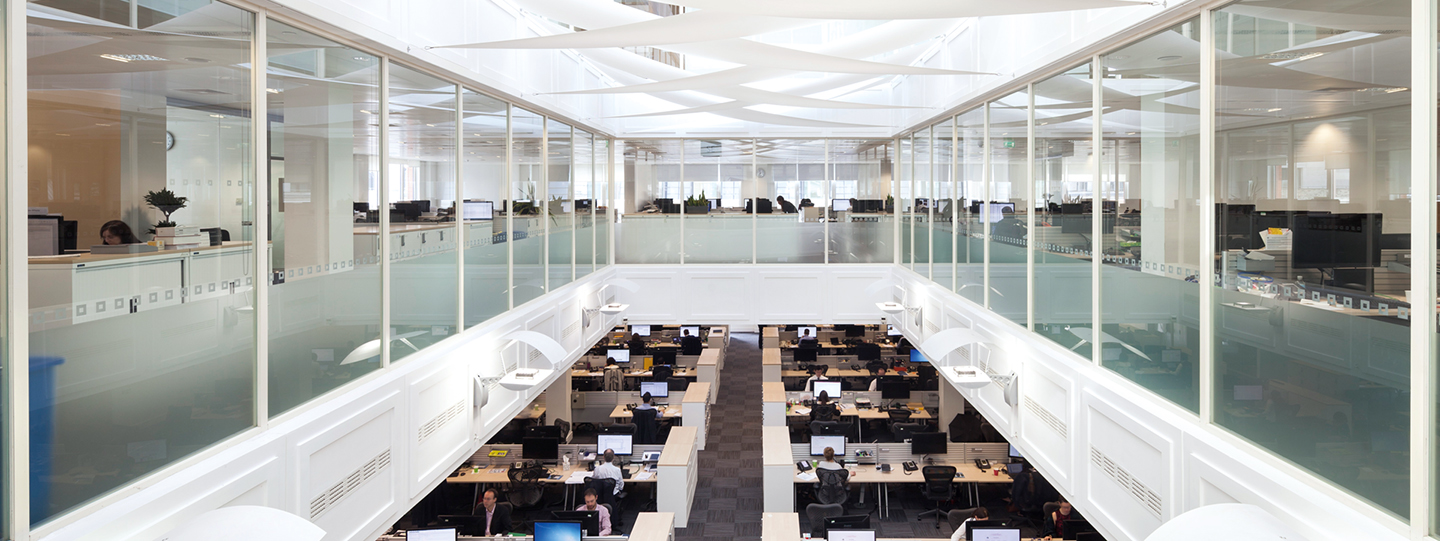Germany currently has 84 active hydrogen filling stations, 121 per cent more than in the rest of Europe combined.
There are 84 active hydrogen refuelling stations in Germany, compared to 38 in the rest of Europe combined, according Block-Builders.de. Germany is also leading Europe in terms of new hydrogen filling stations, with 21 stations currently under construction. The country with the second most hydrogen filling stations is Norway, with six active and four more in the construction phase, followed by Denmark.
Hydrogen use growing, albeit from a low starting point, and although the UK trails Germany in filling stations, transport secretary, Grant Shapps, has announced a town centre service using buses with hydrogen fuel cells and the Department for Transport is funding the Hydroflex rail project.
Offering faster refuelling and using ‘cleaner, greener’ materials then rechargeable batteries, hydrogen has long been the Cinderella of renewable energy storage and transport, with only 169 hydrogen cars registered in the UK.
Despite these advantages, there are disadvantages too – hydrogen requires the more complex network of refuelling stations, and is less efficient that battery power as it effectively ‘carries its own power station’ rathe than having the production efficiencies at the generation site.
So far hydrogen has largely been considered for commercial vehicles, where range and refuelling are more important, but as with all technologies efficiencies come with use and development and Toyota has stayed with the idea , currently producing the second mark of its Mirai. More recently the remains of the Wrightbus company have been merged with the JC-backed Ryse hydrogen production company.
Perhaps now is the time that hydrogen will rise?
Latest News
-
Ben and Jerry’s to raise money for Freddie Mercury’s AIDS charity
-
Almost half of applicants fail to meet building firm foundation’s criteria for grants
-
Firms risk losing Gen Z workers through corporate apathy towards charities, report warns
-
Newspaper raises more than £300,000 to build homes for domestic abuse survivors
-
Virgin Money Foundation grant helps improve young children’s digital skills
-
UK’s electricity was the cleanest ever last year, analysis finds
© 2019 Perspective Publishing Privacy & Cookies








Recent Stories